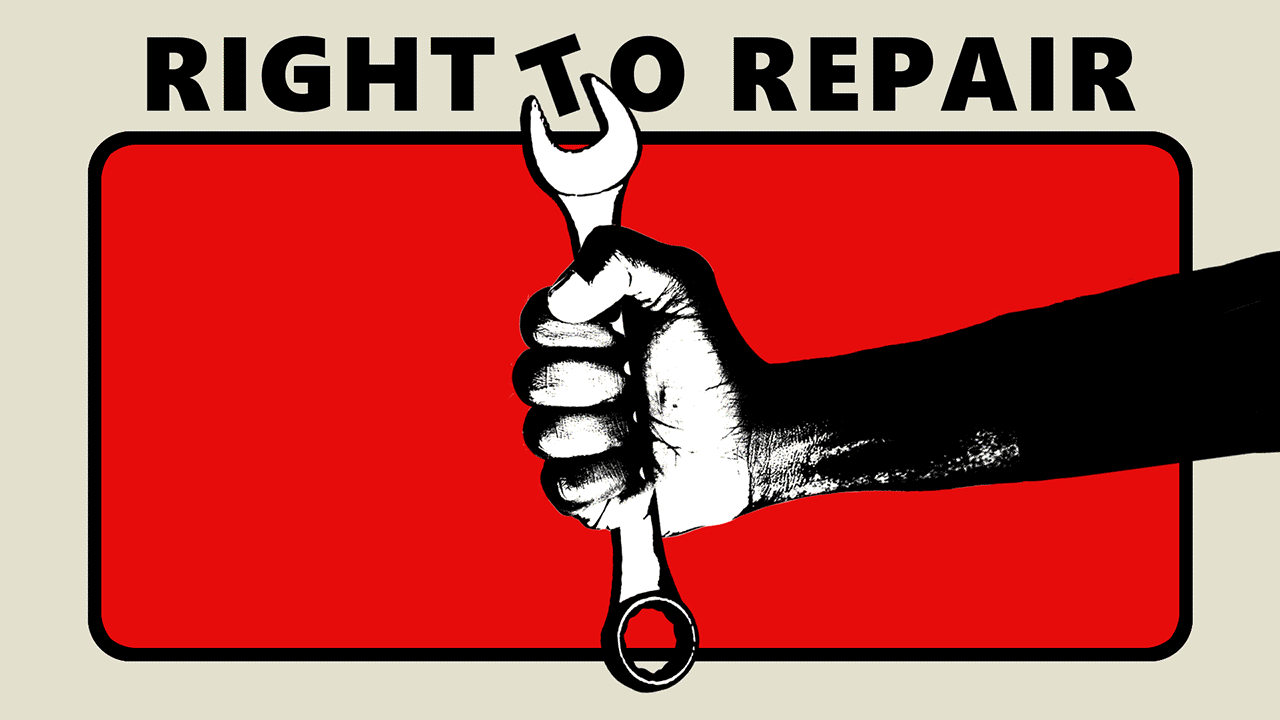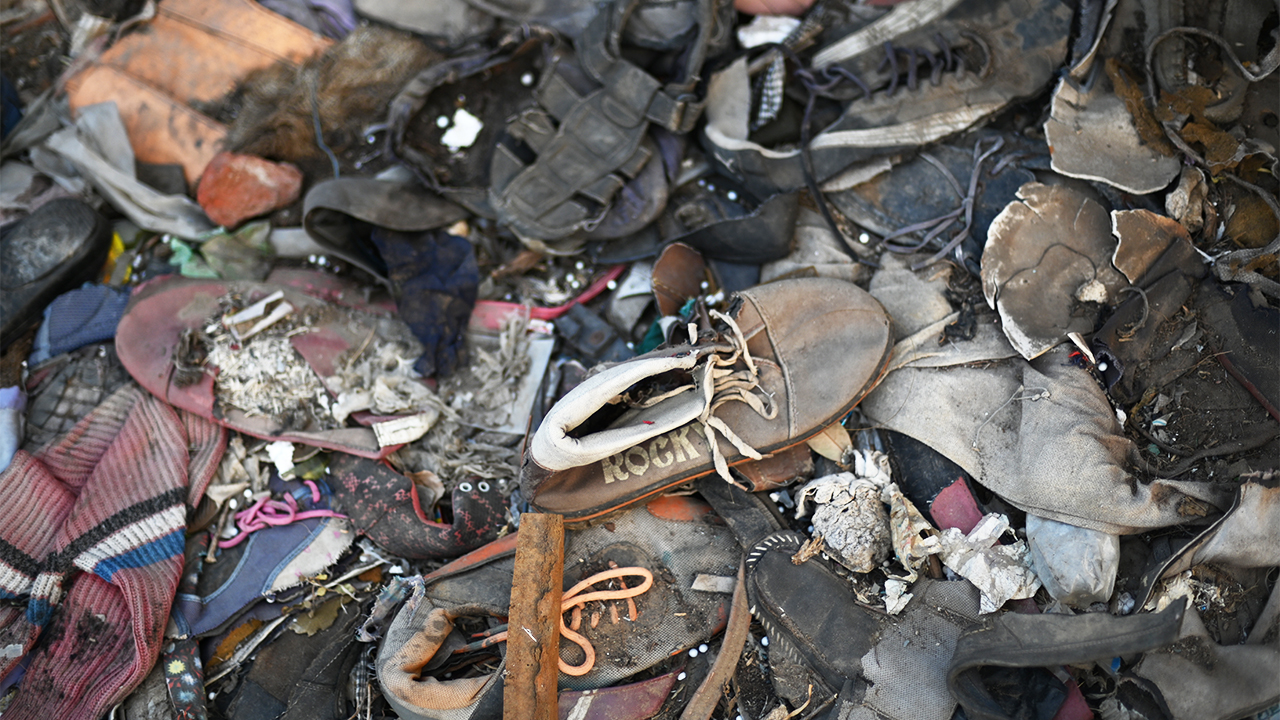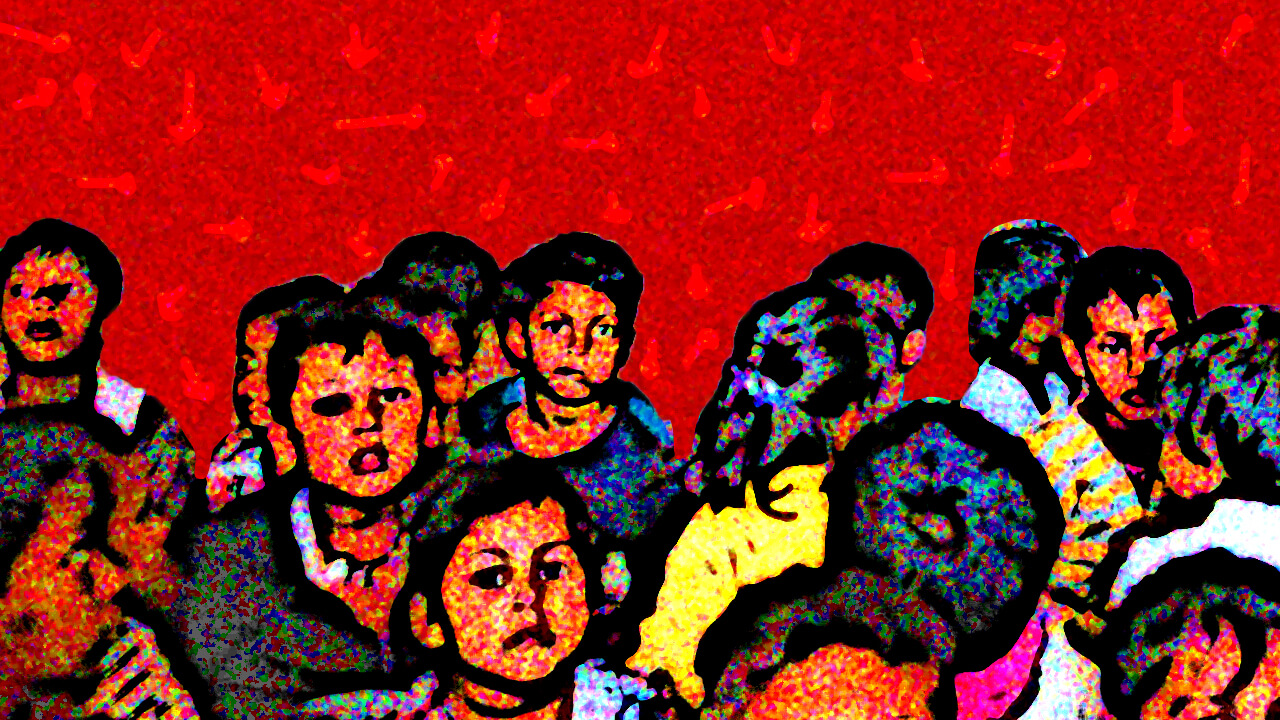admin
I help fin-tech digital product teams to create amazing experiences by crafting top-level UI/UX.

A repair economy reduces the burden on the environment that primary manufacturing poses through resource and energy usage. We already have a tradition of repair where skilled technicians run small-scale businesses of mending and altering. This informal industry in India has stood the test of time due to poverty and generational skills. However, the growing global middle class, rise in incomes, indiscriminate discarding, and planned obsolescence where products are hard and expensive to repair are putting this sector in danger and adding to rising unemployment. Wastes and poor disposal, and lack of recycling infrastructure is also a major problem. But there are solutions coming up too.
Currently, there is a rising trend of refurbished electronic products and upcycled biogarmentry among Indian as well as international companies. The huge second-hand market in India is also reaching new levels through app-based sales and exchanges. These are already drying up the traditional industry, which will further suffer without government policies, larger financial support, and a proper circular economic model. There are unfortunately two extreme business models in India; one is a monitored, highly organized, capital intensive, and the other is small and medium informal enterprises. Thus, an integrated approach is required to build a system that will support Repair Economy. The primary step is skill training through National Skill Development Corporation for all sectors which deal with repair and refurbishment. The government initiative of the National Skill Development Mission has already identified skilling needs and promotion of ‘Green Businesses.’ This will not only increase employment but also legitimize the informal repair sector. The efforts that technicians of this sector put, in preventing huge consumables from going into landfills and causing pollution, will be recognized. They will be stakeholders, regarded as Circular Economic Service Providers (CES) in the circular economic system, and their quality of life will improve. Circular Economy will see that refurbishing is not the end, but the reuse of refurbished parts in manufacturing industries will save energy. Internet of Things (IoT) will be introduced in the circular model, enabling the detection of malfunctioning parts within a product, thereby saving costs and facilitating easy repair. Urban planning must recognize the repair economy and create spaces for them to flourish.
A series of webinars were organised on this in association with FES (Foundation for Ecological Security) from 17 October to 3 December, 2020 to explore how to plan the Circular Economy transition that is equitable, inclusive, and more environmentally sound.
I help fin-tech digital product teams to create amazing experiences by crafting top-level UI/UX.

Training waste workers and households in composting to divert wet waste from landfills and abate methane emissions.

Read More

How environmental contamination is impacting our children’s future
Support our initiatives so that we can reach more and more people and provide our support to the needy
Click on the blue round button at the bottom right corner of this page. You can also email our support team at support@example.com

Chintan, meaning thought/reflection in Hindi, is an environmental research and action group.
Subscribe to get the latest news form us
© 2025 Chintan Environmental Research & Action Group